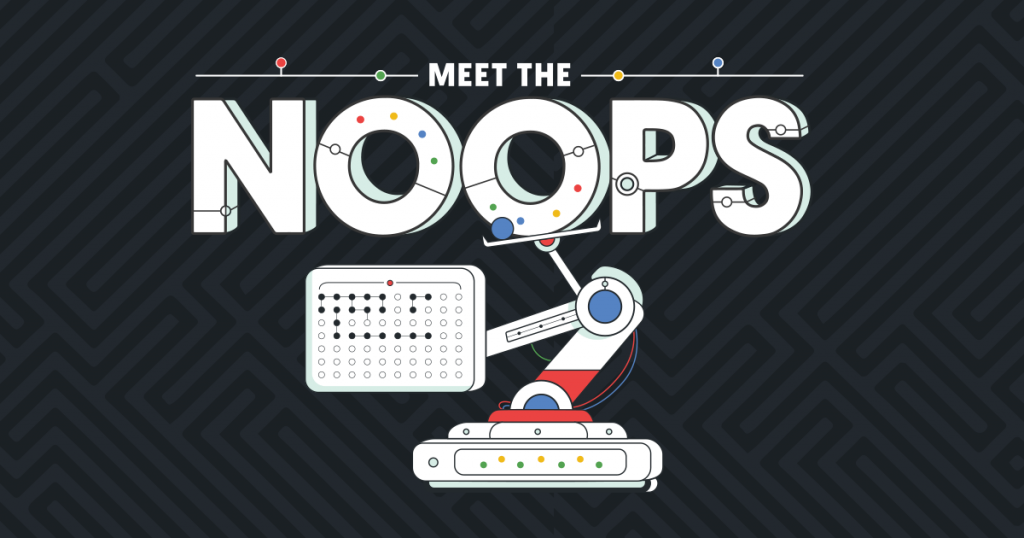
NoOps, a term that has been buzzing around the tech industry for a while now, is short for “No Operations”. It is a concept that refers to the automation of IT operations, allowing developers to focus solely on coding and not worry about the infrastructure. While it may seem like a dream come true, there are several challenges that come with implementing a NoOps approach.
The Human Element
The first challenge with NoOps is the loss of the human element. With automation taking over the IT operations, there is a risk of losing the skills and experience of IT professionals who were previously responsible for operations. While automation can help reduce human error, it cannot fully replace human intuition and creativity. This can lead to an overreliance on automation and a lack of human oversight, which can be detrimental in certain situations.
Complexity of Automation
Another challenge with NoOps is the complexity of automation. Automating IT operations requires a significant investment of time, money, and resources. It involves choosing the right tools, designing the right processes, and ensuring that the automation is reliable and secure. This can be a daunting task for organizations that are new to automation or have limited resources.
Security Risks
NoOps also presents security risks. With automation taking over IT operations, there is a risk of security vulnerabilities going unnoticed. Developers may not have the necessary security expertise to identify and mitigate potential security threats. Additionally, automation tools themselves can be vulnerable to attacks, which can compromise the entire IT infrastructure.
Lack of Control
Another challenge with NoOps is the lack of control that IT professionals may feel. With automation taking over IT operations, IT professionals may feel like they are losing control over their infrastructure. This can lead to a lack of trust in the automation tools and processes, as well as a lack of confidence in the ability to troubleshoot and fix issues.
Cultural Shift
Finally, NoOps requires a cultural shift within organizations. It involves breaking down silos between development and operations teams and fostering a culture of collaboration and communication. This can be a significant challenge for organizations that have traditionally operated in a more hierarchical and siloed manner.
In conclusion, while NoOps may seem like a perfect solution, it comes with its own set of challenges. These challenges include the loss of the human element, the complexity of automation, security risks, lack of control, and the need for a cultural shift. Despite these challenges, NoOps can be a powerful tool for organizations that are willing to invest the time, money, and resources required to implement it properly.
Email- contact@devopsschool.com

 Starting: 1st of Every Month
Starting: 1st of Every Month  +91 8409492687
+91 8409492687  Contact@DevOpsSchool.com
Contact@DevOpsSchool.com
